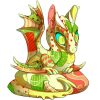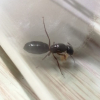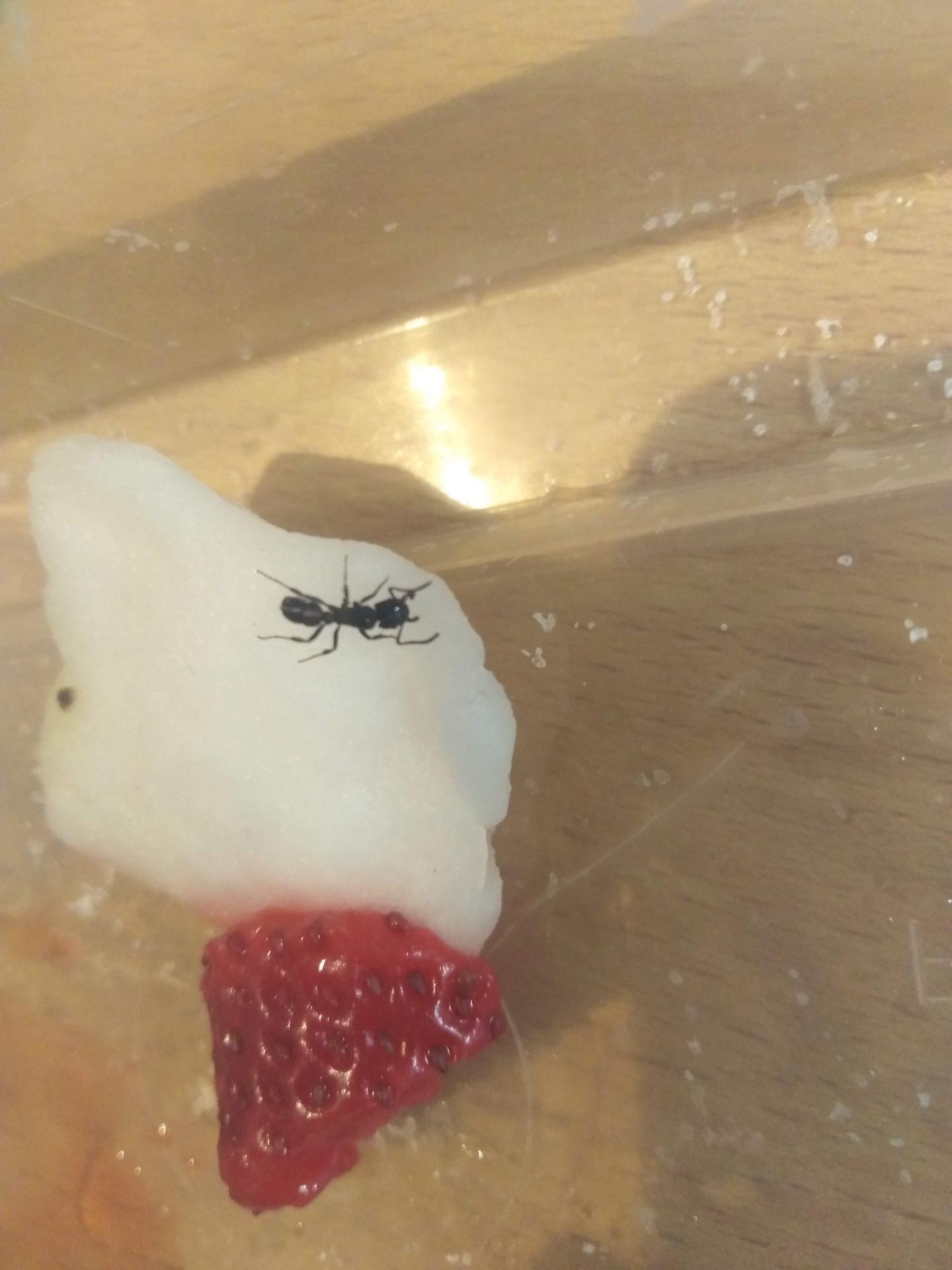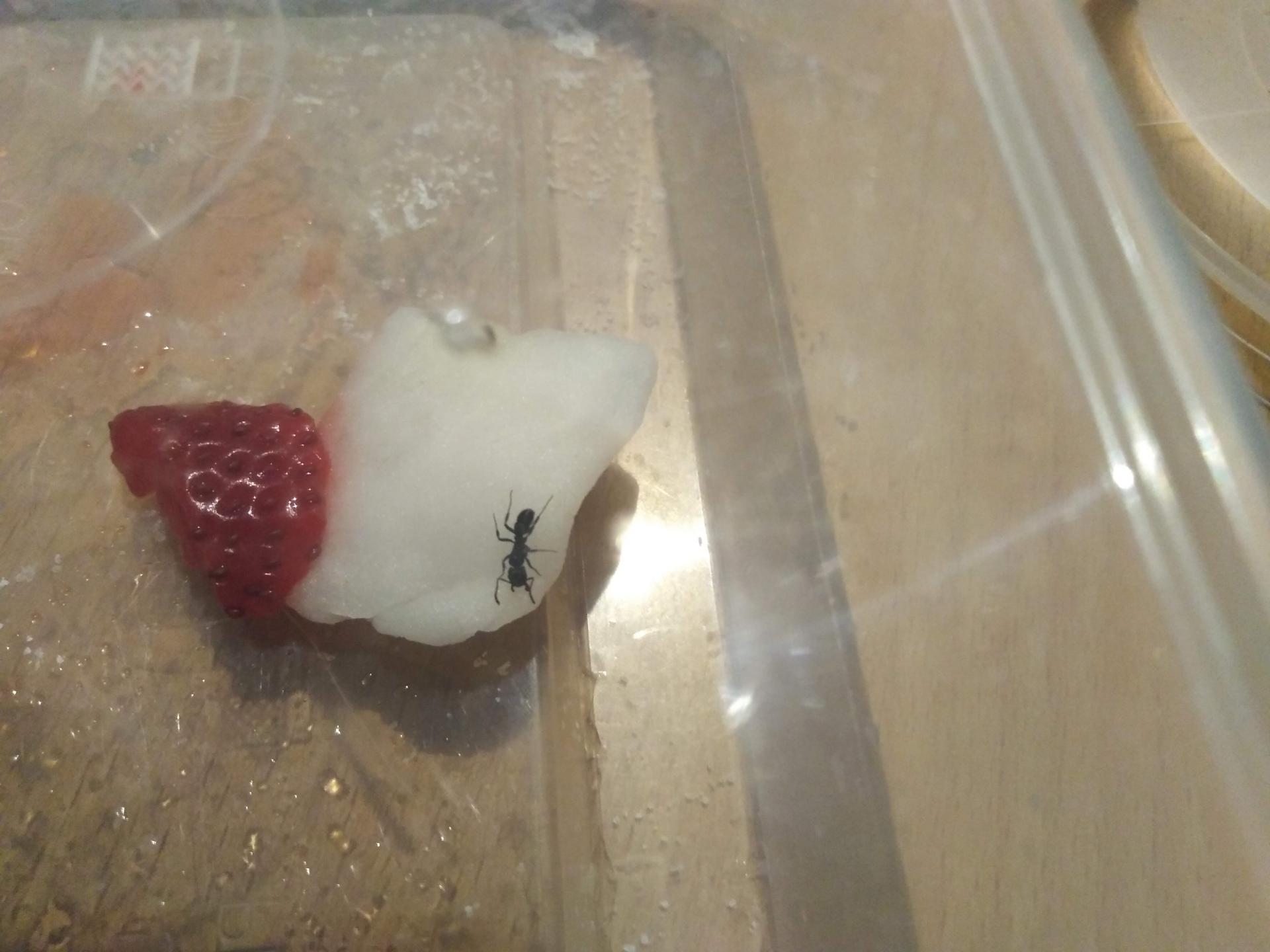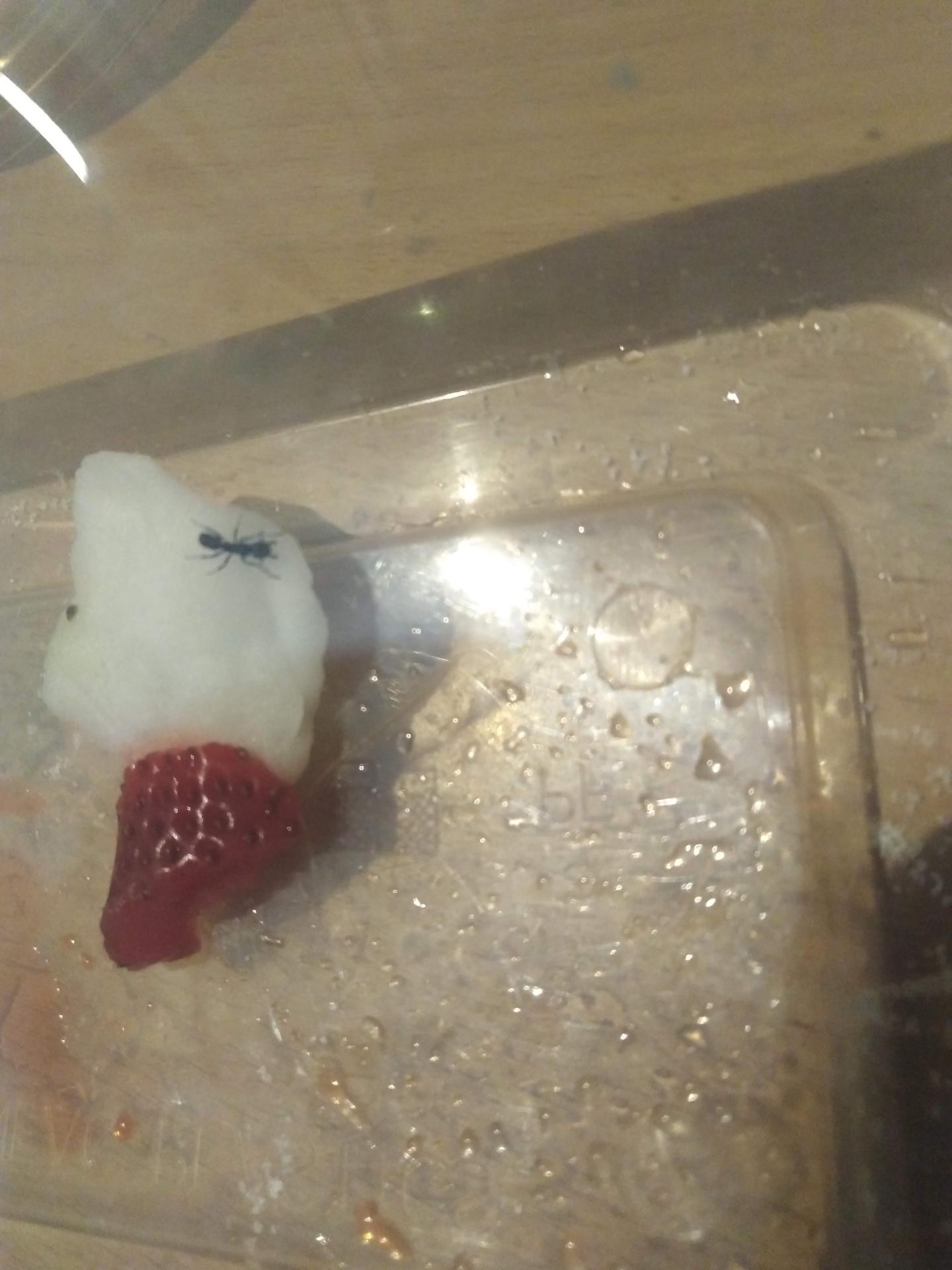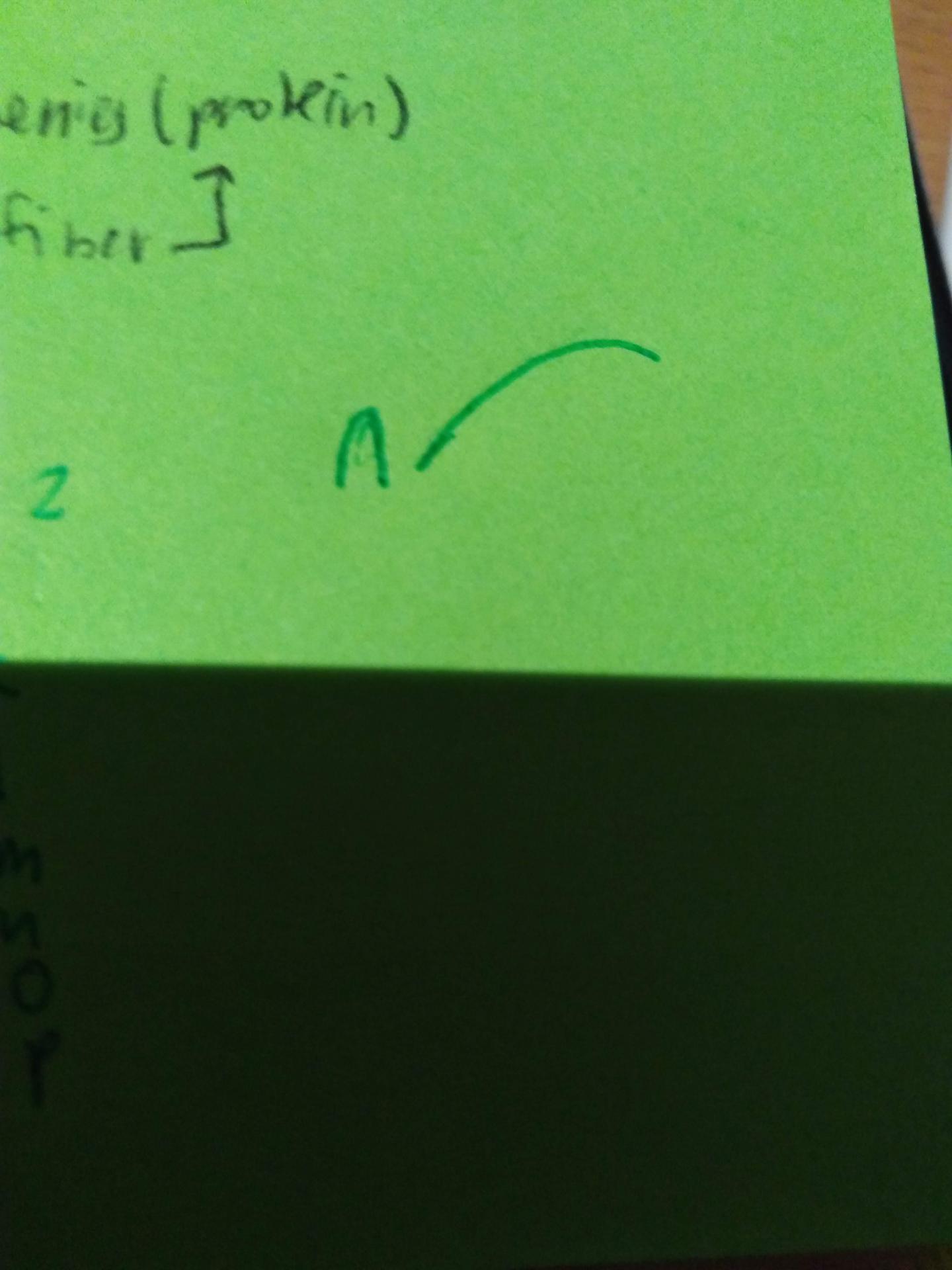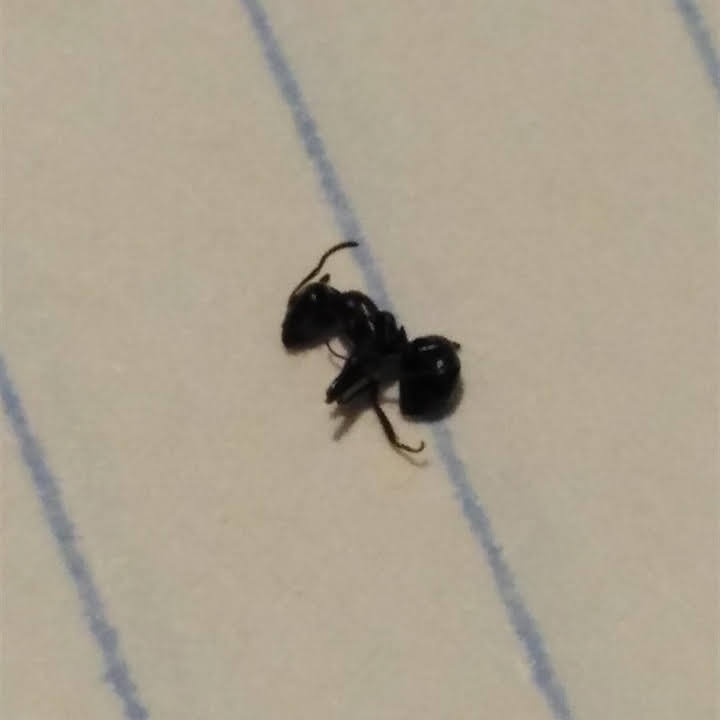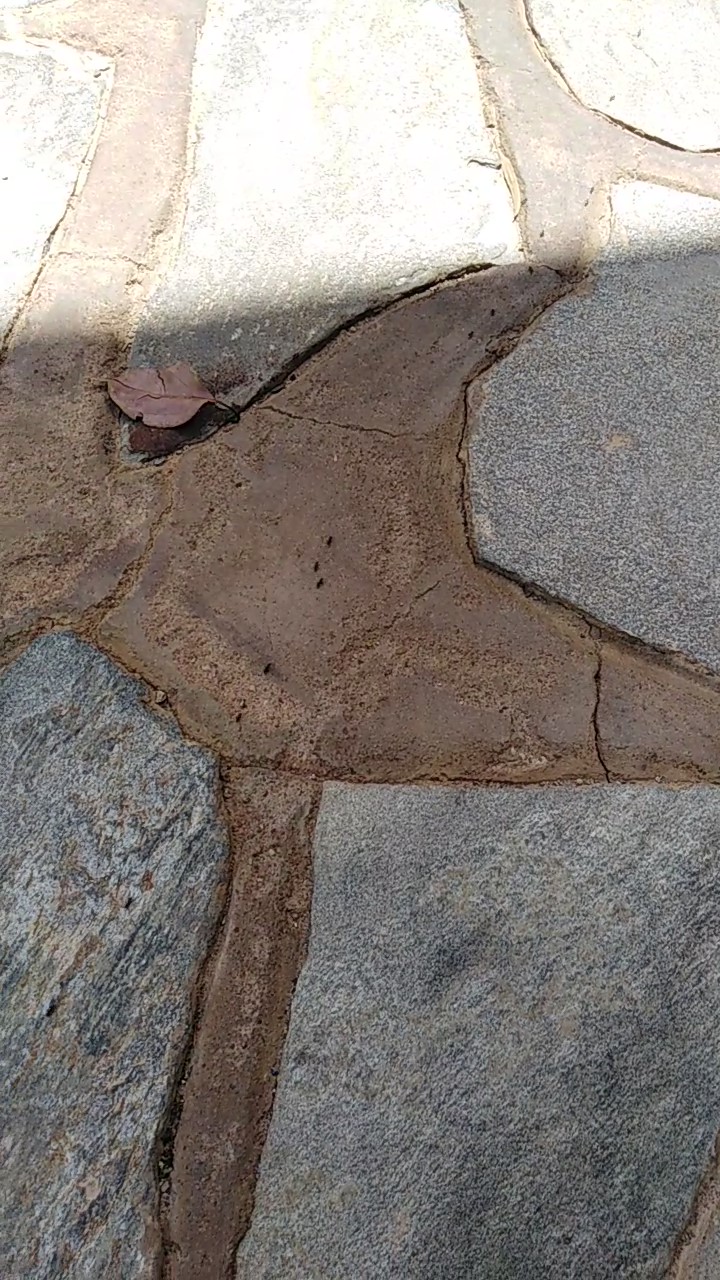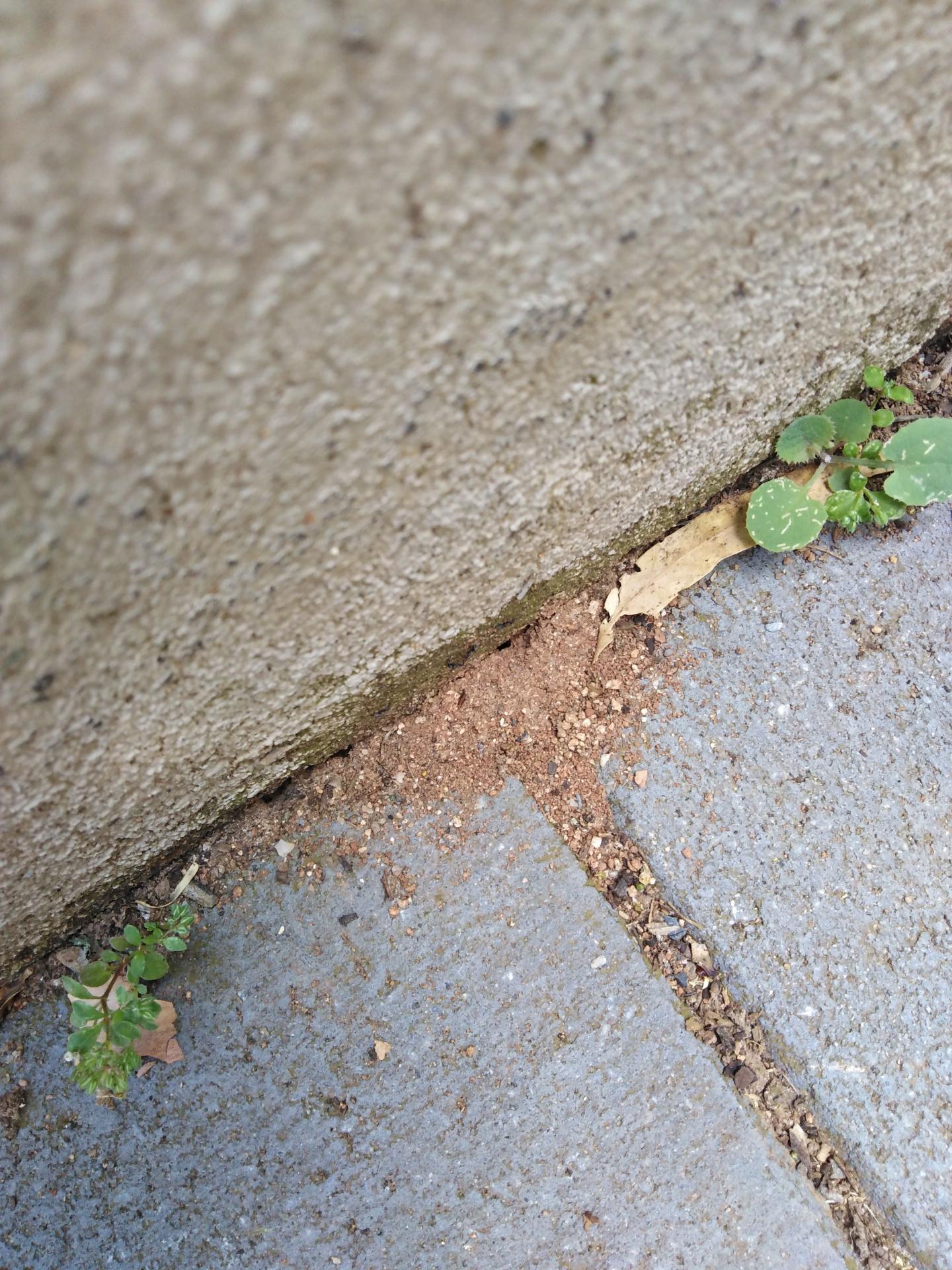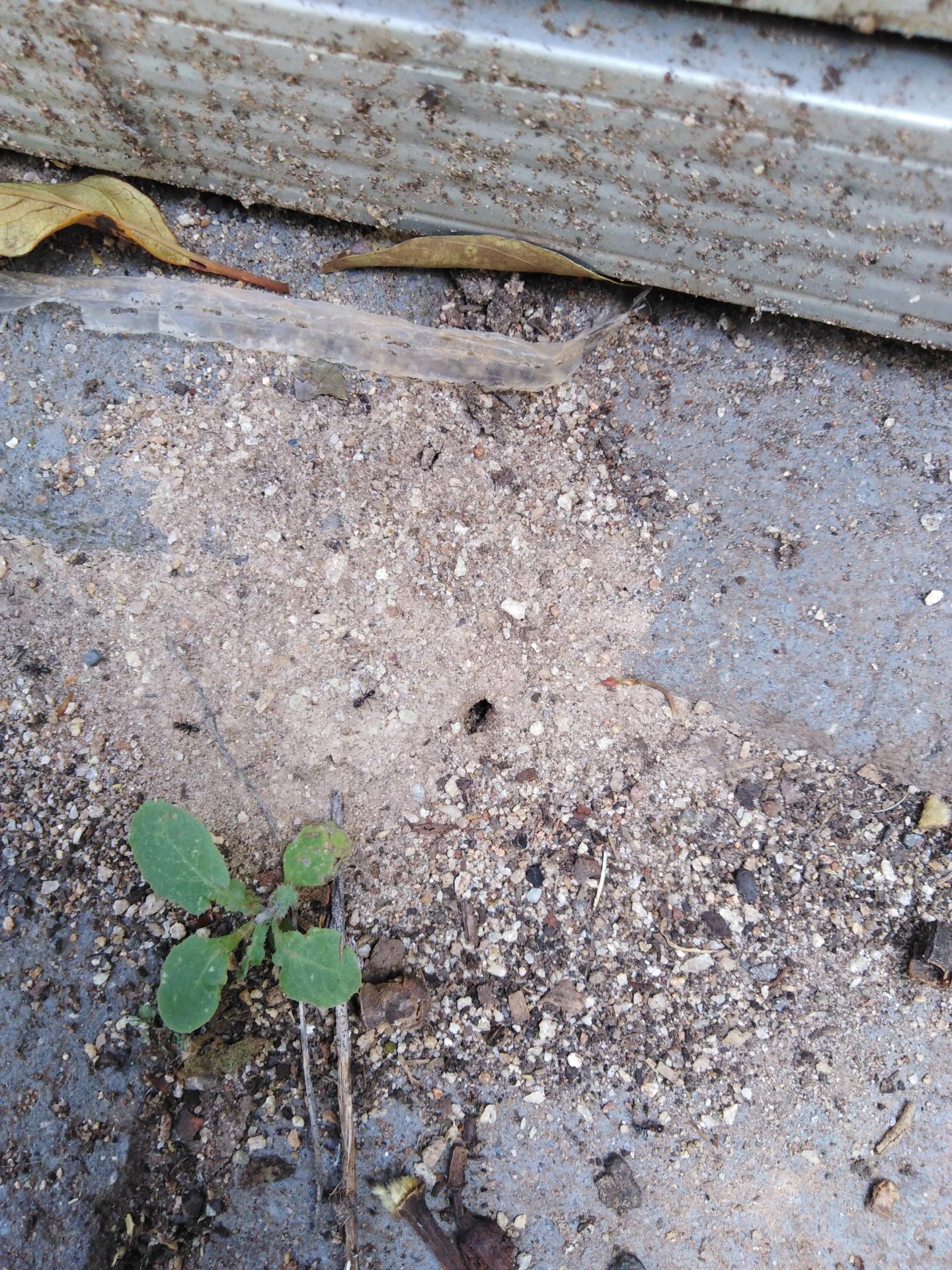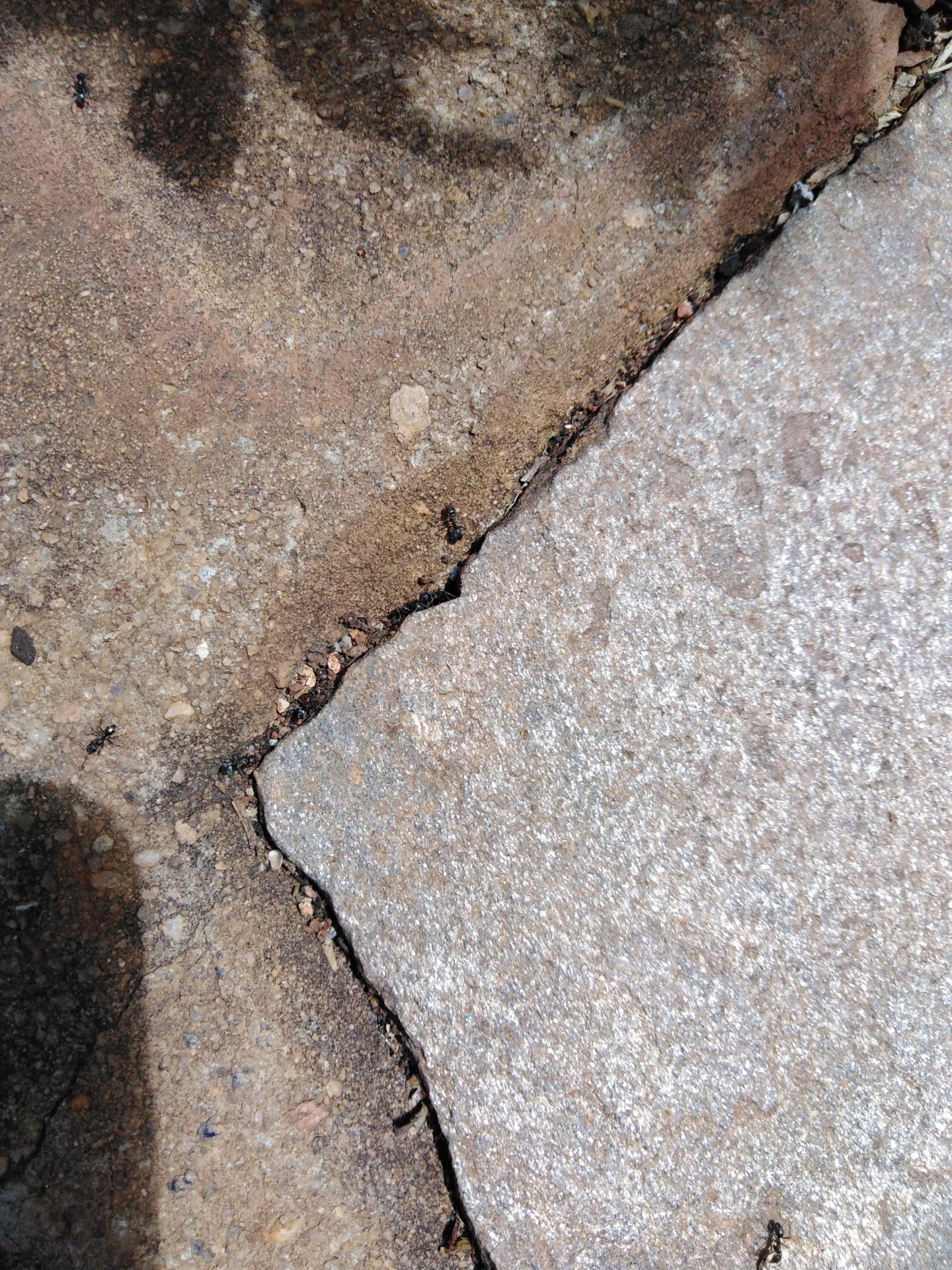1. Backyard in Adelaide, South Australia, Australia.
2. 3/12/2021 (3rd of December 2021)
3. On the pathway, concrete maybe
4. Between 3 and 4 millimeters
5. Dark brown head to a nearly black body and les. Shiny and smooth but looked like it had setae on the head.
6. 'humped' back (not sure how to better describe it sorry!). 1 node with setae on its anus, no stinger. The summit of the node 'peaked'.
7. N/A
8. I'll show a picture, it will be clearer
9. N/A
10. 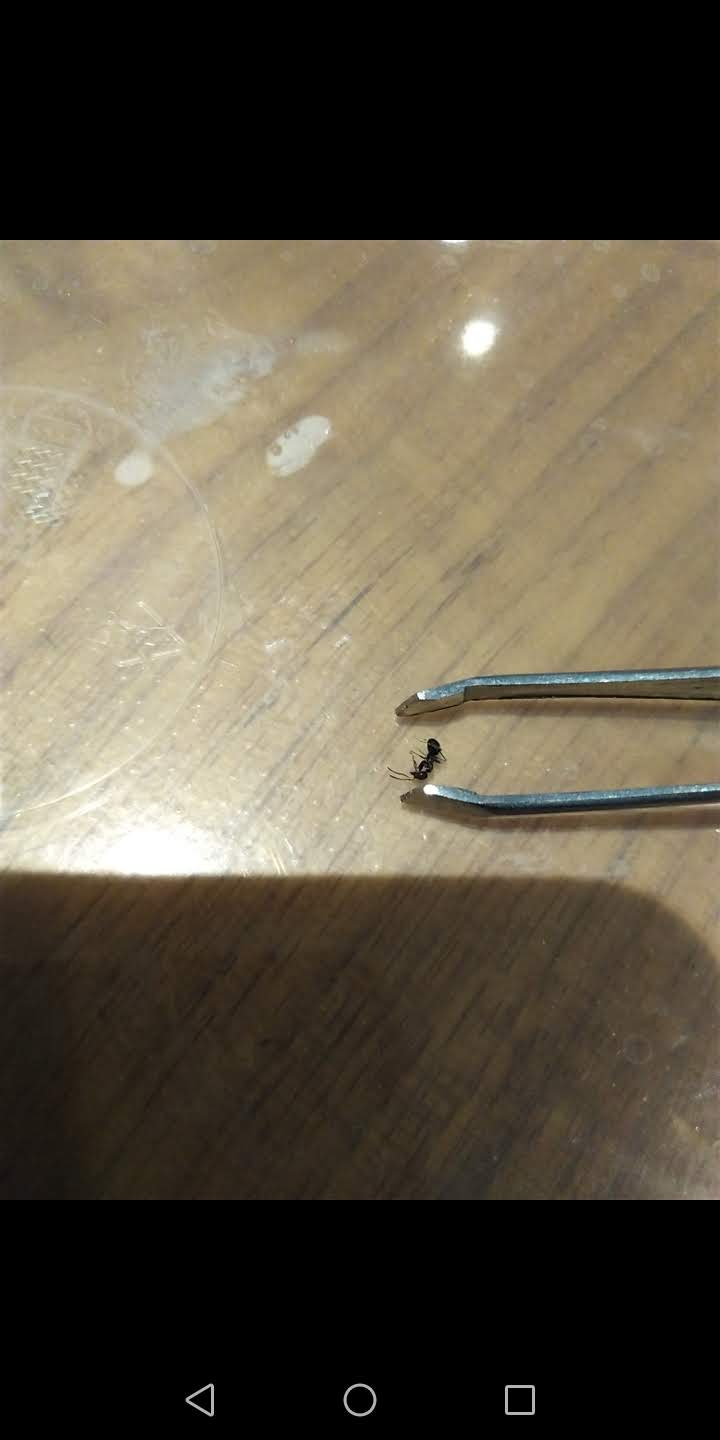
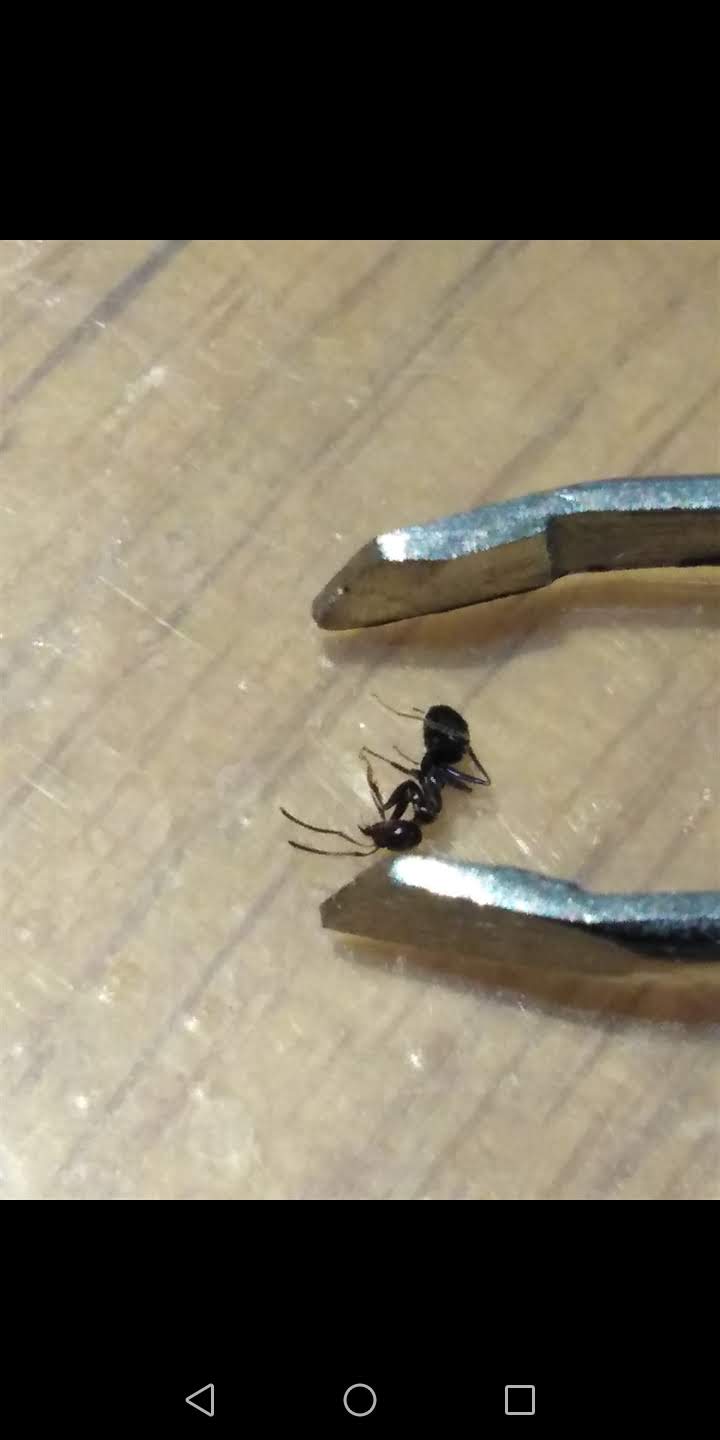
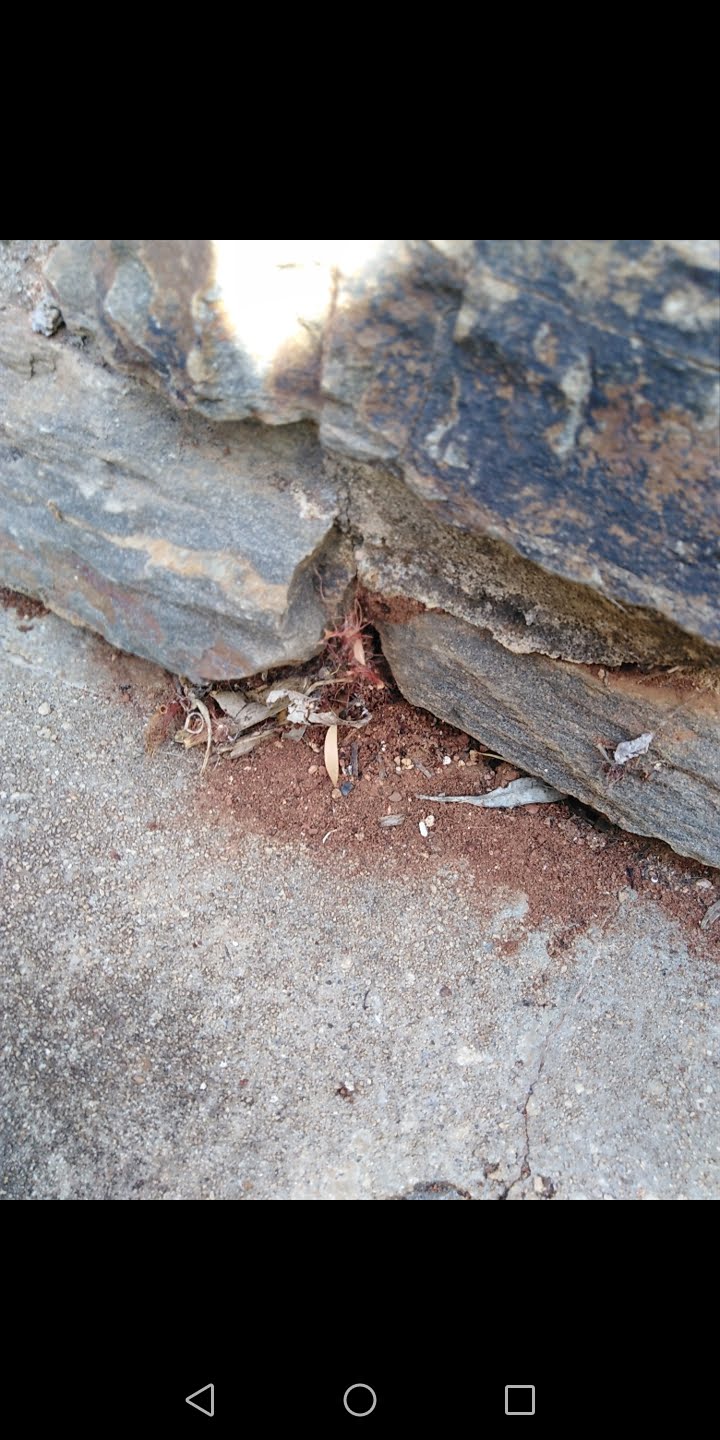
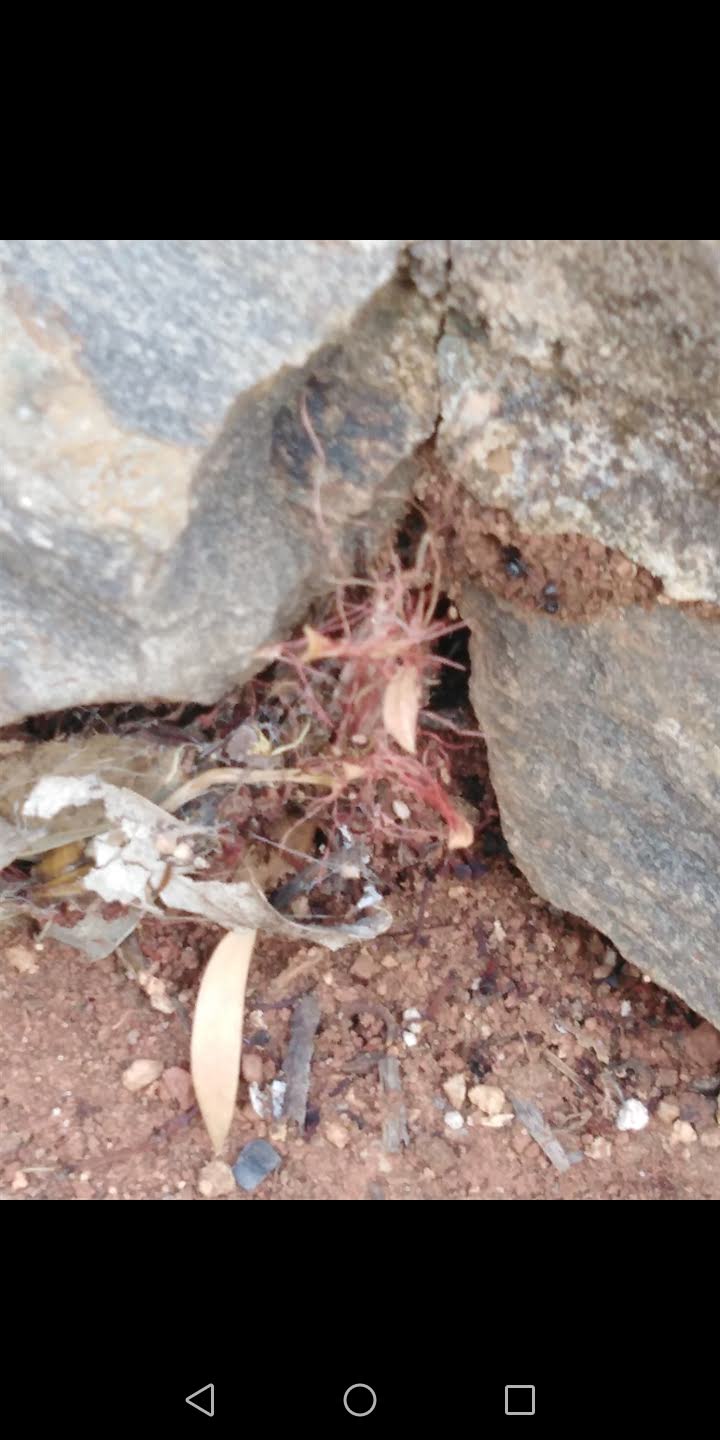
I've never used a forum before so if anything's wrong please let me know!

